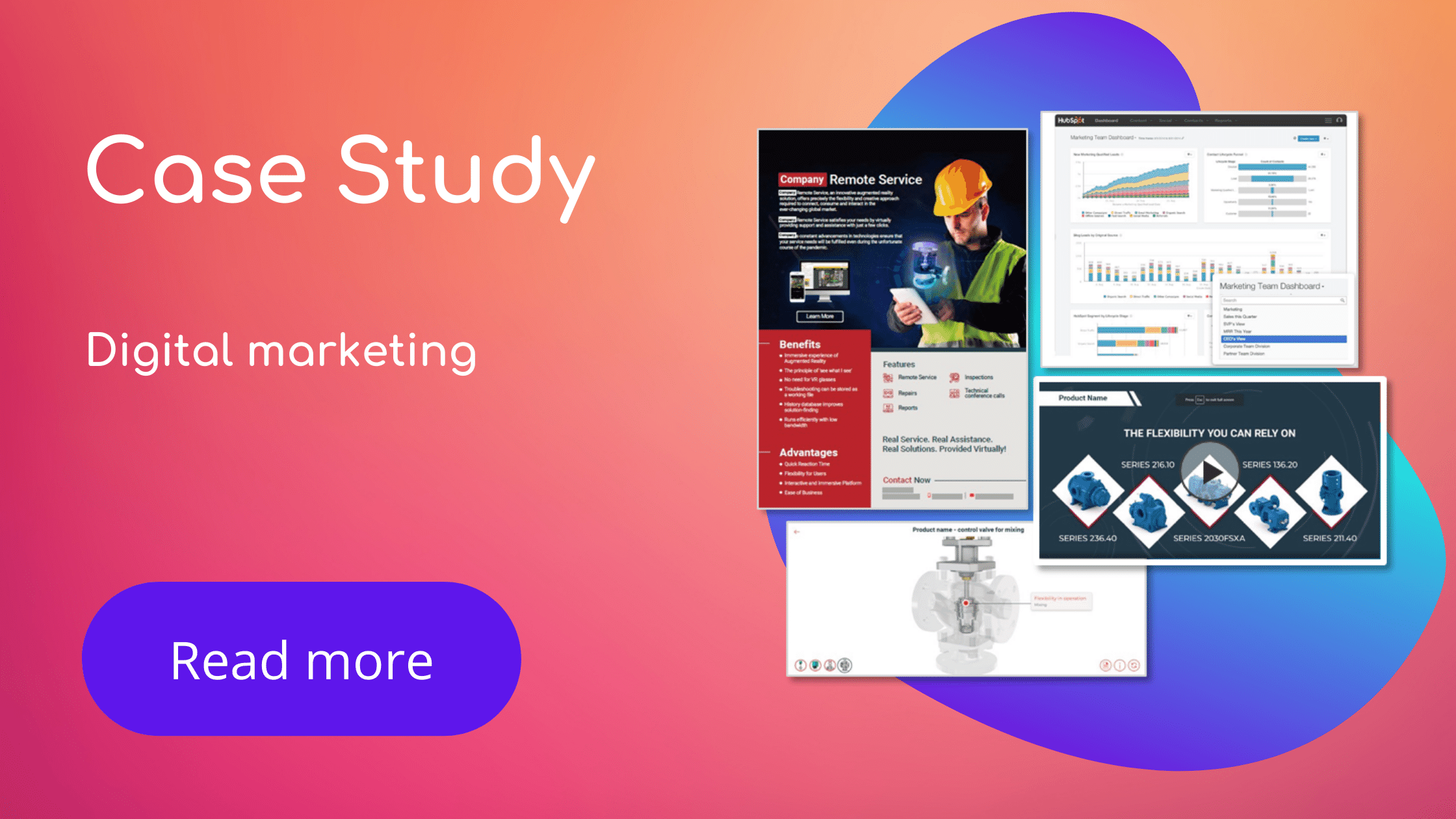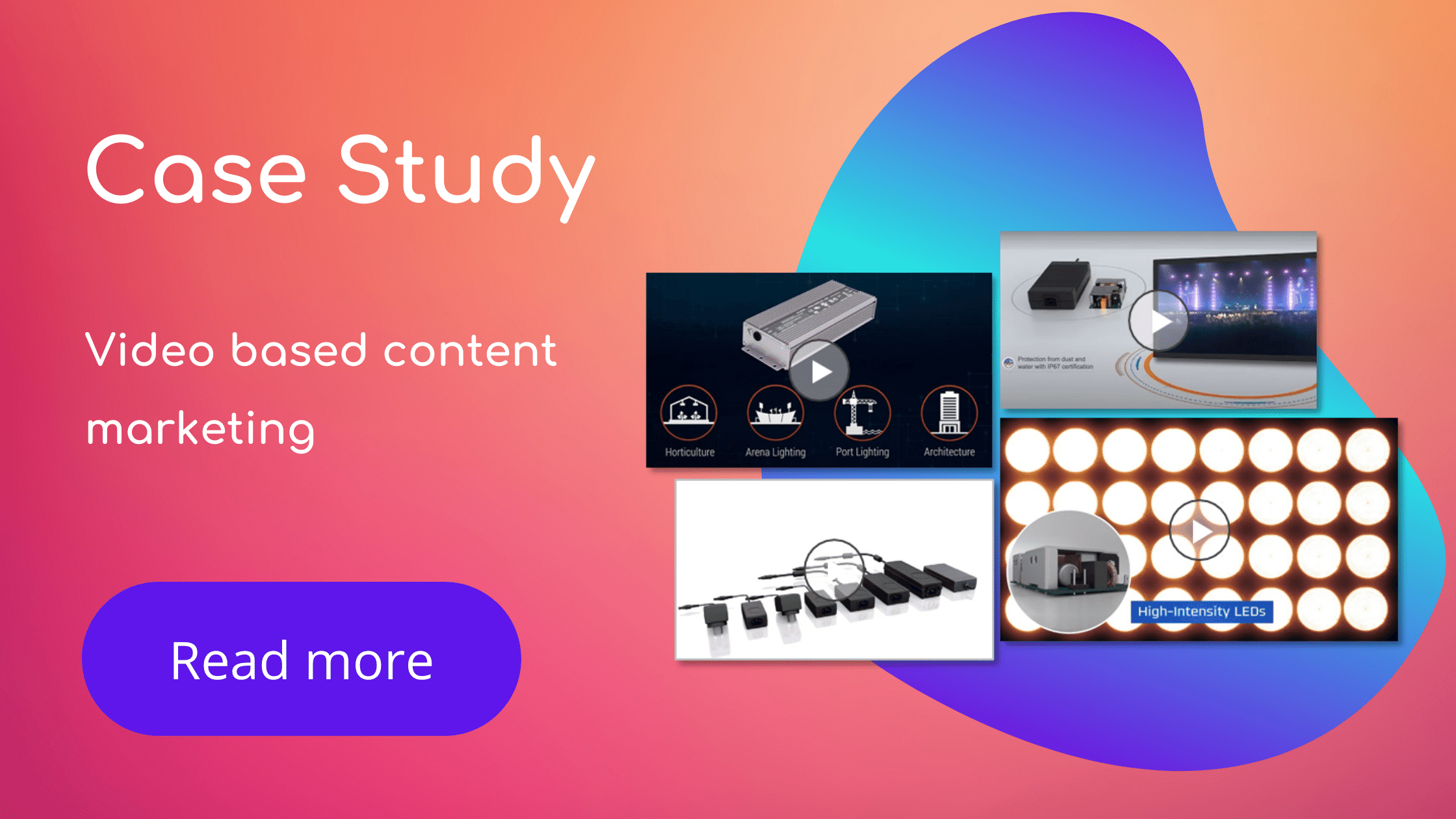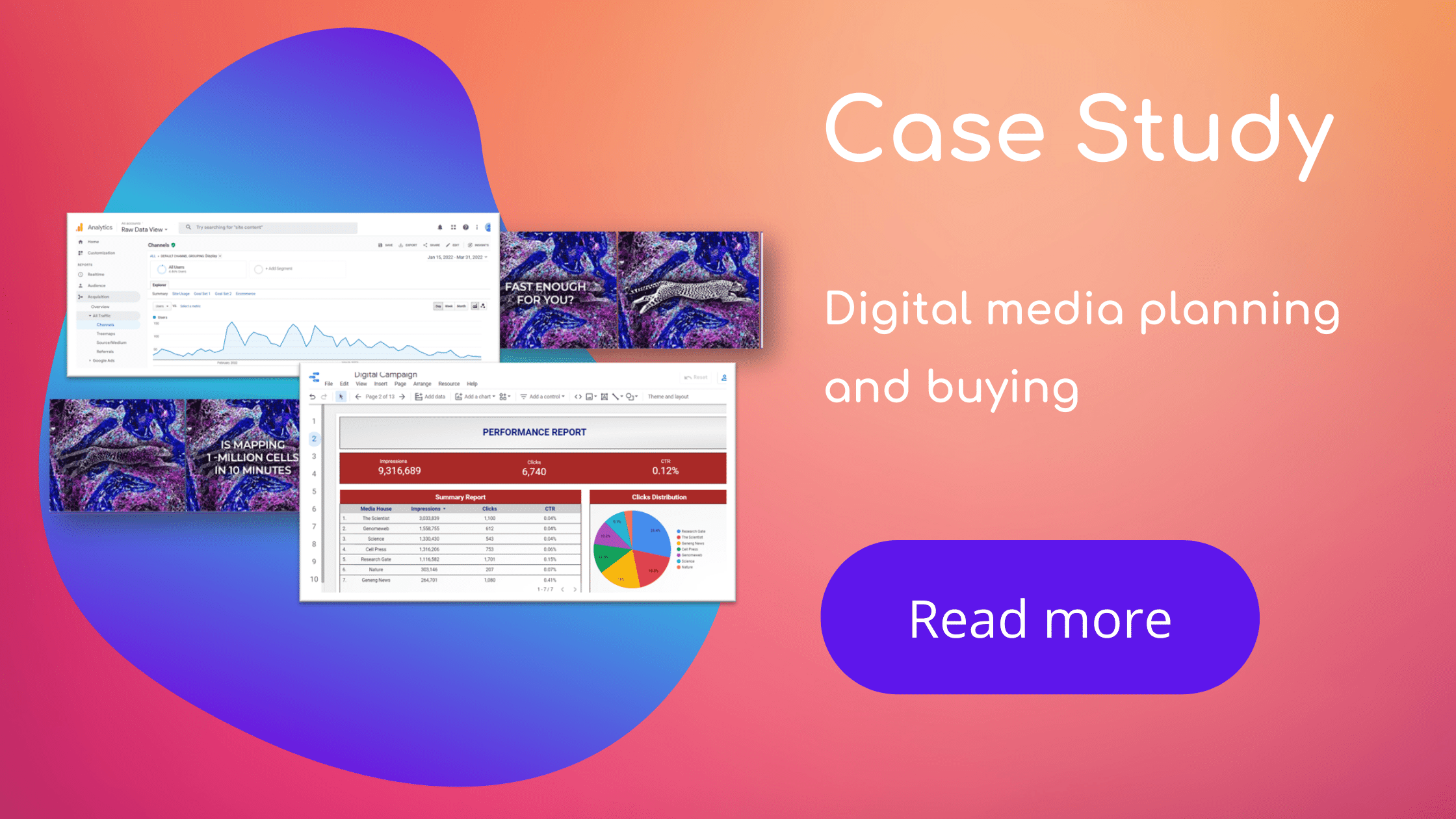7 Foundational elements of digital marketing
In the undulating and exciting digital marketing landscape, some spots attract crowds in huge numbers, but some spots don’t. Read on if you want help navigating this landscape to meet your marketing goals or go deeper by reading the digital marketing e-book.
Digital Marketing is employing digital channels, such as mobiles, websites, social media, search engines, and so on, marketing your brand, product, or service to the right target audience.
According to Datareportal’s report(1), more than 60% of the population is on the internet today, watching videos, looking at infographics, and images, seeking details of products, posting reviews, or reading about how brands are transforming communities.
If you are just starting your digital journey, you should know that there is no fast-track way to be trending. But the climb can be made steady and consistent by putting into action the foundational elements of Digital Marketing.
7 Foundational elements of digital marketing
1. Search Engine Optimization -
A website without the use of keywords would be like a shop without any board outside. Make yourself visible on search engines by using the right keywords. Your goal should be to be on the top of the search engine page because whoever visits page two anyway!
6 smart moves to boost the SEO performance of your website:
-
Perform an SEO audit to diagnose your site for any critical errors. Also, check for opportunities to make your website load faster and SEO-friendly.
-
Analyze your competitor’s SEO strategy; rather than competing with the ones they use extensively, leverage on the medium ranking keywords.
-
Improve mobile responsiveness, because more than 50% of the search is done on mobiles(2).
-
Get linked to reliable and relevant websites, as that is one of the factors considered by search engines to determine the value of a webpage.
-
Develop strong internal linking within your website. This helps provide a better navigation experience to the audience and helps search engines understand the flow of information on the website, leading to better crawling and indexing.
-
Keep optimizing, as SEO is not a one-time activity. Track metrics and modify strategy.
Tools you could use - HubSpot SEO Marketing Software is an excellent tool for finding opportunities to optimize and build authority. Other tools include SEMrush, Ahref, and Google Search Console.
Check out: 8 Strategies for successful Search Engine Optimization in 2022
2. Social Media Marketing -
When half the world population is on social media, it leaves you with minimal choice but to make a strong brand presence on social media. LinkedIn, Facebook, Twitter, and Instagram are some of the platforms you can use, depending on the nature of the audience. For example, LinkedIn is #1 for B2B marketing, and 4 out of 5 users are decision makers(3).
5 Tips for successful social media campaigns
- Stay true to your image and brand tone
- Choose the platform wisely
- Make a social media calendar, time your campaigns
- Converse with your audience (engage, reply)
- Go for wholesome messaging (images, videos, articles), with storytelling
Tools you could use - HubSpot Social Media Management software helps you manage your social media campaigns, automatically schedule posts to save time and have visibility across social media channels. Other tools include Hootsuite, SproutSocial, Zoho Social and Buffer.
Go through our social media marketing beginners guide for B2B companies to know about social media platforms, types of content, useful tools that are suitable for your company and how to measure the success of your social media campaigns.
3. Paid Advertising -
If you have the budget and want to fast-track your goals, go for Paid Advertising. It involves placing your ads on spots on various platforms (such as Google, YouTube, LinkedIn, and many more) by buying space there, usually through a bidding process. It typically involves Pay Per Click advertising, meaning the advertiser/brand must pay the platform every time the ad is clicked. See how you can achieve B2B marketing goals using paid marketing.
To talk about the power of PPC, let’s consider the popular Google paid advertising. Search ads allow you to offer the user your product when they are looking for it on the search engine. It serves their explicit need. Google ads appear on two networks. One is the search network which includes Google search result pages, Maps, Shopping, and partnering search sites. Another is the display network, which includes YouTube, Blogger, Gmail, and many partnering websites.
You can also target specific personas on specific platforms. For example, LinkedIn has more than 8.6 million healthcare professionals on the platform(4) . That is a massive opportunity for healthcare companies to grab.
You can boost every stage of the customer journey with B2B paid marketing
Tools you can use – There are platform-specific tools such as Google Ads, Facebook Ads, and Twitter Ads. Additionally, others help you research and plan ads, such as Google Keywords Planner, Optmyzer, SEMRush, and PPC Toolkit.
4. Marketing Automation -
Personalization is the key to better leads; achieve it through marketing automation. Digital Marketing Automation lets you do two very important things – Personalize communication to audiences and save manual labour by automating tasks. Here is how:
-
Email automation - Create specific contact lists and send personalized emails to them, schedule emails, and automate emails based on triggers.
-
Chat automation – Be available at all times to assist your customers by resolving their issues or answering their queries using chat automation. These AI-powered chats require less or almost no human interference.
-
Contact segmentation - Easily segment users based on basic criteria (such as demography, geography, interest) and use these segments for personalized communication.
-
Web content personalization – Display personalized pop-ups, offers, display ads as per the traffic.
-
Social media automation – Schedule posts, post them timely, and do much more!
Some of the popular tools are – HubSpot, Marketo by Adobe, Eloqua by Oracle, and Pardot by Salesforce.
5. Content Marketing
Content Marketing is developing content that attracts the audience, encourages them to engage, and eventually helps drive sales. 70% of marketers actively invest in content marketing(5). For successful content marketing, you need to answer three crucial questions.
- What is your content strategy as an organization?
- What does your audience desire/need/admire?
- What do you want them to experience with your product/service?
Then, for building a content strategy, define your goal first – is it Brand Awareness, Demand Generation, or Lead Generation? Everything will fall in place accordingly.
One golden rule - Choose storytelling while developing content! Today, storytelling is the way to drive potential customers to take action. For example, while targeting researchers for whom time is always critical, develop a story about how researchers can now spend more time on analysis rather than data collection by switching to new technology. With a captivating CTA, this story will urge audiences to take action.
Tools you can use - HubSpot’s all-in-one Marketing Software hosts tools for you to perform your marketing activities in one place, including content creation. Create blogs, social media posts, emails, attractive landing pages, and forms, and launch them from the same place. Other popular tools include ContentCal, Loomly, and SproutSocial.
6. Media Planning and Buying
When there is a specific message that you want your specific audiences to see, you will need to buy ad spots on relevant media platforms. That is where Media Planning and Buying come in. Be it for a new product launch or to create a buzz around an event, you will need a strong media planning strategy and a digital media buying agency to help you with it.
4 Tips for successful media planning and buying campaigns
-
Choose ad spots based on the campaign goal, as every spot serves a different purpose.
-
Track metrics and modify ad placement or content for better results.
-
Stick to the budget set aside for media buying, but redistribute based on the ad performance
-
Give a clear and captivating call to action (CTA); by that, we mean to go beyond Know More.
Tools you can use - Common media planning and buying tools include MediaPlanHQ, and Bionic Ads.
7. Data Analytics
With Data Analytics tools, you can get a complete picture of the ad performance and scope of improvement in all the marketing activities. This data will be massive, but the tools available today help you make sense of it and fine-tune your plans. See how you can drive successful digital marketing campaigns using data analytics.
3 Ways in Which Data Marketing Analytics Can Help You
-
Audience Analysis – Gain an in-depth understanding of your audiences using data analytics tools such as HubSpot Analytics and Google Analytics.
-
Track source – Track the source from where audiences are coming to the landing page – a social media post, a blog, or an email?
-
Device used – Know which device audiences are using, as it can help you deliver better experience.
-
Browsing behavior – Learn how the audience moves through the website (landing page to exit)
-
Engagement – Learn about their average session duration, pages per session, and bounce rate.
-
-
Drive Decisions with Data - Once you know who your audience is, it becomes easier to create messaging that clicks with them. With the collected metrics, you can make informed decisions.
-
Optimize, Optimize, Optimize - Keep optimizing the campaigns for better results.
-
Campaign Optimization – If data reveals that your campaign is not running as expected, you need to optimize. Change keywords, try other media channels, try another audience segment etc.
-
Conversion Optimization – If you feel your cost per lead is too high (which means you have spent way too much and not getting enough leads), you need to optimize the campaign by correcting the keywords used, developing better ad content, a clear CTA, better landing pages, retargeting the audiences who had shown interest and exploring other media channels.
-
Tools you can use – One of the reliable tools is the HubSpot Analytics Tool, which helps you understand a lot about the website visitors and their journey, consequently letting you focus on the ones who could be potential customers. Other popular tools include - Google Analytics, LinkedIn Analytics. Data visualization and intelligence tools include - Tableau, Microsoft PowerBI, and Qlik Sense.
In the end, it all comes down to the return on investment (ROI). In some way or the other, the above-mentioned activities incur cost, and using data analytics and sales revenue, you need to figure out if the investment is showing appropriate results. Else, use the mantra of Digital Marketing ‘optimize, optimize, optimize.’
Download the free e-book as a ready reckoner for winning digital marketing campaigns, or simply get in touch with us to kick-start your digital journey.
How Ethosh can help transform customer experiences with digital marketing?
Ethosh has helped many start-ups and Fortune 100 brands experience digital revolution. Partner with Ethosh to develop a 360-degree digital marketing solution tailored to meet your needs. From creating compelling content for your audiences to planning and executing winning campaigns, Ethosh Digital can bring together a program that will build customer confidence and trust at every stage of the buyer journey and quickly turn new customers into brand advocates. We deliver at scale, in speed and at a cost advantage that helps you stand apart from your competitor
Reference and Citation-
1. Datareportal -https://datareportal.com/reports/digital-2021-april-global-statshot
2. Broadband Search -https://www.broadbandsearch.net/blog/mobile-desktop-internet-usage-statistics
3. LinkedIn -https://secondeclipse.com/linkedin-stats-b2b-marketing-sales/
4. LinkedIn -https://www.linkedin.com/business/marketing/blog/linkedin-ads/linkedin-advancing-healthcare-marketing-in-a-new-world
5. HubSpot- https://www.hubspot.com/marketing-statistics








